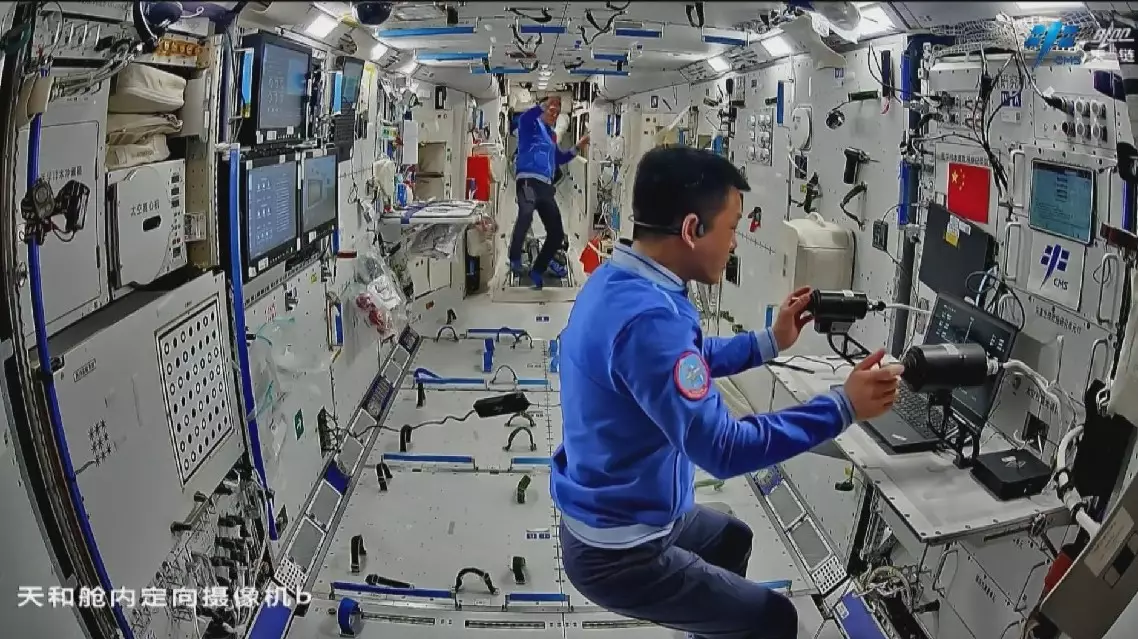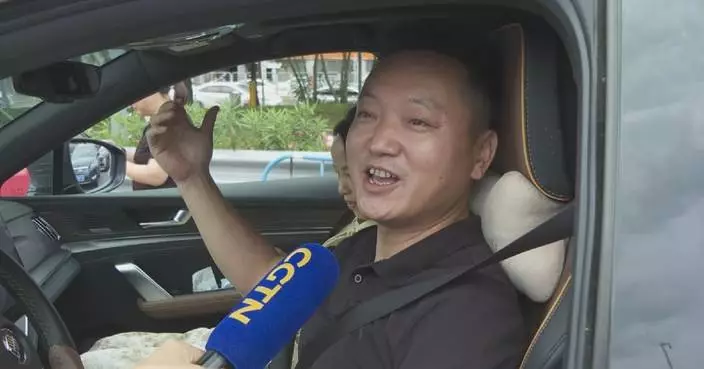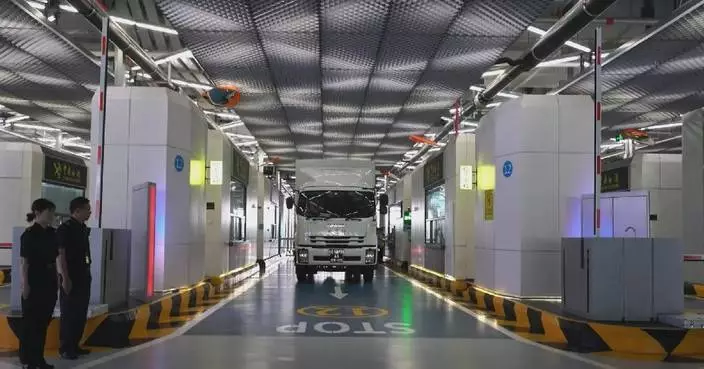Southwest China's Xizang Autonomous Region has seen a significant progress in economic, cultural and social development since it practiced democratic reform 65 years ago, which has brought prosperity and well-off life to the region, experts told a press salon in Beijing on Thursday.
2024 marks the 65th anniversary of democratic reform in Xizang. Organized by All-China Journalists Association on Thursday, the press salon invited experts from China Tibetology Research Center to share key points from their studies. Members of the press from a dozen Chinese and international media outlets attended the event.
Experts highlighted that after the theocratic feudal system was abolished and the people's democratic government was established six decades ago, the Xizang Autonomous Region has made fast-paced all-round progress.
"In 1959, when Xizang embarked on democratic reforms, the region's gross product value amounted to only 174 million yuan, with a per capita value of 142 yuan, – indicating anemic economic development. By 2023, that had exceeded 230 billion yuan (about 31.65 billion U.S. dollars), with a per capita value surpassing 60,000 yuan. Growth rates of major economic indicators in Xizang ranked among the highest in the country," said Zhang Shigao, director of the Institute of Contemporary Studies at China Tibetology Research Center.
The region has built a modern education system covering preschool, basic, vocational and higher education as well as continuing education and special education, Zhang added.
With redoubled efforts in pursuing green development, the region has also expanded the size of its ecological preservation zones and further restored biodiversity. For various ethnic groups living in the region, their lives have been improved with a sense of happiness greatly boosted, said Zhang.
Xizang has a rich religious history and a unique culture. Whether the region ensured religious freedom and preserved its culture heritage was also discussed at the press salon.
"In the Xizang Autonomous Region alone, there are 4,600 monks and over 1,700 temples. This scale indicates that the local area can fully meet the needs of religious communities," said Laxianjia, deputy director of the Institute of Religious Studies at China Tibetology Research Center.
"Additionally, I am a Tibetan. From the perspective of language rights, I received Tibetan language education from a young age, continuing through university," he said.

Xizang sees significant progress since democratic reform: experts









